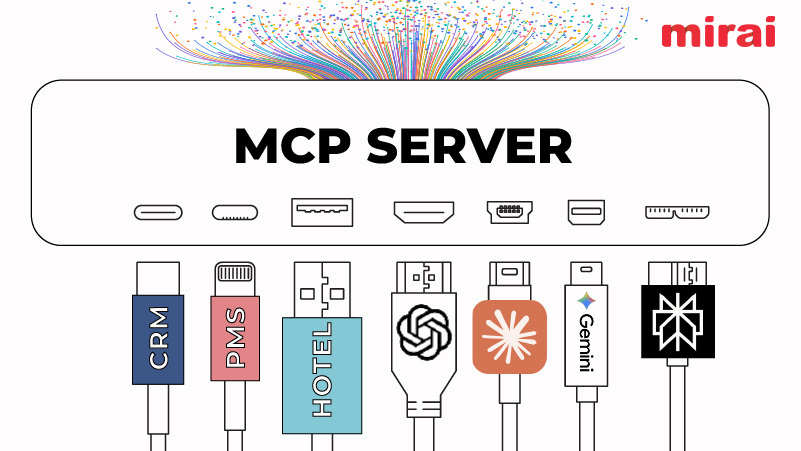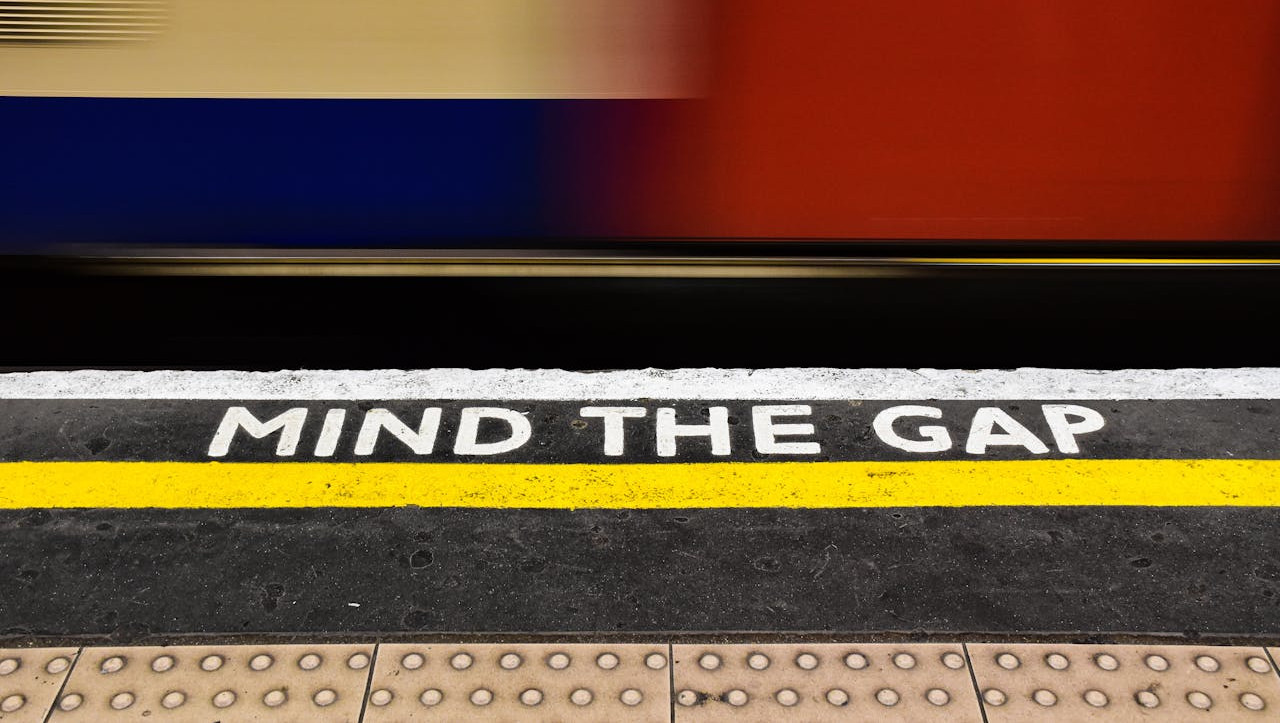
NB: This is a guest viewpoint by Stefan Tweraser, CEO of SnapShot.
When you venture into the back-of-the-house in a hotel, it’s surprising to encounter a battlefield of broken furniture, soiled linens, battered walls, and employees who look like they haven’t seen the light of day in years.
Hotels spend millions designing lobbies and guestrooms to feel warm and welcoming to guests, but often neglect employee-facing areas.
Why the double standard? Obviously, the guest experience is a top priority, but what about the employee experience?
“If you look after your staff, they’ll look after your customers,” says Sir Richard Branson, founder of the Virgin Group. If employees don’t feel valued, your guests won’t either.
The same can be said about technology. A Hotel will invest heavily in guest-facing technologies like booking engines and mobile apps, but if you take a peek into the back office you might think you entered a time warp into the 1980s.
Whether it’s the PMS, POS, CRM or revenue management software, employees are using complex systems that, due to cumbersome design, can end up hampering productivity and even diminishing job satisfaction.
How many guests are kept waiting while employees navigate these systems in search of information that should be at their fingertips? How often are revenue managers late for meetings because they’re manually creating spreadsheets with hundreds of data points—even though you only need to look at the key metrics?
These may sound like extreme cases, but they are unfortunately common occurences for many in our industry today.
As hotel design becomes sleeker and more minimalist, hotel technology is lagging behind. Rather than invest in new technology, hotels lump new features and functionality on top of legacy systems, which end up making them slower, more onerous, and unsightly.
Employees are left to navigate a labyrinth of options and menus to find information. Meanwhile, management wonders why staff are using only 10% of the system’s capabilities.
When hotels do invest in new technology, they make decisions based on checklists of features and pricing, while usability and design are underrepresented by software developers, and thus under-considered by hotels.
In comparison, technology leaders like Apple, Google, and Netflix have conditioned consumers to expect sleek interfaces that are so engaging and unobtrusive they barely notice the design. As an example, Google strips away all distractions from its search box, guiding users to jump in and start searching right away.
Read rest of the article at: Tnooz




